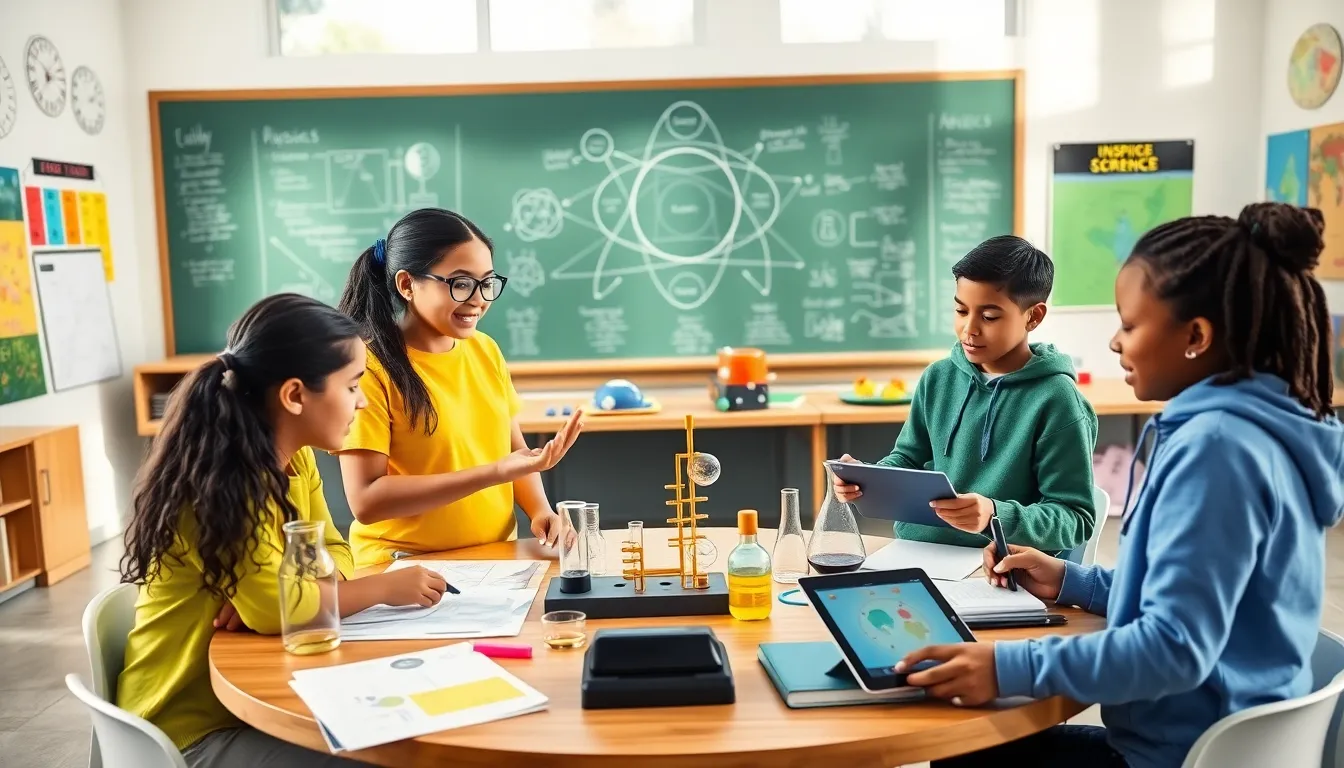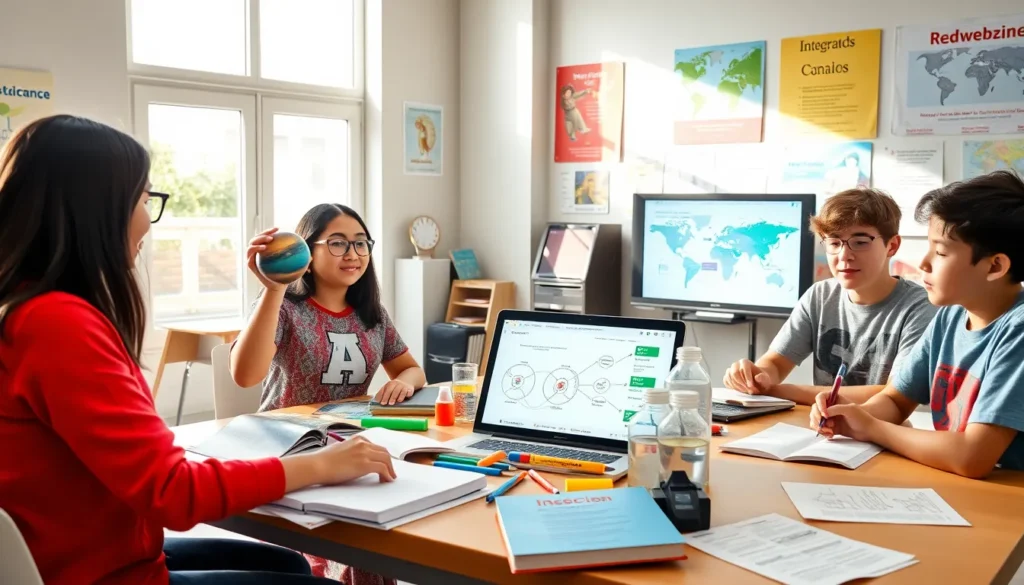In an increasingly interconnected world, education systems are evolving to encompass a more holistic approach to learning. Integrated science education stands at the forefront of this transformation, blending various scientific disciplines into a cohesive learning experience. This method not only enhances understanding but also prepares students for real-world applications. As digital platforms like Redwebzine emerge, they provide valuable resources and strategies for implementing integrated science education effectively. This article explores the definition, benefits, and future of integrated science education, as well as the challenges and potential solutions that educators face today.
Table of Contents
ToggleWhat Is Integrated Science Education?

Integrated science education is a pedagogical approach that combines various branches of science, such as biology, chemistry, physics, and Earth sciences, into a unified curriculum. Instead of teaching these subjects in isolation, integrated science promotes an understanding of the connections between these disciplines, allowing students to see science as a cohesive body of knowledge.
This approach encourages students to engage in interdisciplinary learning, fostering skills that are vital for scientific inquiry and critical thinking. By presenting science topics in an integrated format, educators aim to make learning more relevant and applicable to everyday life, enhancing students’ ability to solve complex problems.
Benefits of Integrated Science Education
The integration of science education offers numerous benefits:
- Enhanced Understanding: Students grasp the connections between scientific concepts, which facilitates deeper comprehension.
- Real-World Applications: By linking theory to practice, learners can apply their knowledge to real-life situations, better preparing them for future challenges.
- Improved Engagement: The interdisciplinary nature of integrated science fosters curiosity and enthusiasm, making learning more engaging.
- Collaboration Skills: Students often work in teams, enhancing their ability to collaborate and communicate effectively, skills essential in today’s workforce.
- Holistic Learning: Integrated science encourages critical thinking and holistic problem-solving, which are crucial in addressing global issues such as climate change and public health.
The Role of Redwebzine in Education
Redwebzine plays a critical role in advancing integrated science education by providing innovative resources and educational content. As a digital platform, it offers access to a wealth of articles, videos, interactive tools, and lesson plans that support teachers and students alike.
By leveraging technology, Redwebzine makes science education more accessible, enabling educators to incorporate diverse materials and perspectives into their curriculum. Besides, it fosters a community of learners and educators who can share insights, strategies, and best practices, so enhancing the quality of science education around the globe.
Strategies for Implementing Integrated Science Education
To successfully carry out integrated science education, educators can adopt several effective strategies:
- Curriculum Development: Design curricula that emphasize connections between scientific disciplines, with thematic units that explore overarching concepts.
- Collaborative Learning: Encourage group projects and discussions that promote collaborative learning and peer-to-peer teaching.
- Utilization of Technology: Integrate digital tools and resources, such as those found on Redwebzine, to create dynamic and interactive learning environments.
- Hands-On Activities: Incorporate experiments and real-world investigations that allow students to apply their knowledge in practical settings.
- Professional Development: Provide training and resources for teachers to help them embrace integrated approaches and enhance their instructional strategies.
Challenges in Integrated Science Education
Even though the many advantages of integrated science education, several challenges persist:
- Curriculum Limitations: Many educational institutions still rely on traditional, isolated science courses, making integration difficult.
- Resources: Access to adequate resources, including materials and training, can be limited, particularly in underfunded schools.
- Training Gaps: Some educators may lack the necessary professional development and training to carry out integrated science effectively.
- Assessment Issues: Standardized testing often focuses on isolated content areas, which can hinder the emphasis on integrated learning.
- Resistance to Change: Long-standing educational traditions can create resistance to adopting new pedagogical methods.
Future Directions for Integrated Science Education and Redwebzine
Looking forward, the future of integrated science education appears promising, especially with platforms like Redwebzine leading the way. Potential future directions include:
- Wider Adoption of Integration: As more educators recognize the importance of interdisciplinary learning, integrated science education is expected to gain traction.
- Innovative Technology Use: Emerging technologies such as virtual and augmented reality can enhance integrated science experiences, creating immersive learning environments.
- Increased Collaborations: Partnerships between schools, universities, and platforms like Redwebzine can lead to richer resources and shared knowledge.
- Focus on Global Issues: Education that aligns with global challenges can engage students and make learning more relevant.
- Adaptation to Educational Standards: As educational priorities evolve, integrated science programs will likely adapt to meet new performance and accountability standards.
Conclusion
As integrated science education continues to evolve, it promises to reshape the learning landscape, making science more accessible, engaging, and applicable for students. With platforms like Redwebzine playing an essential role in resource provision and community building, educators are well-equipped to adopt integrated approaches. While challenges remain, the collective effort to promote integrated science education will nurture a new generation of critical thinkers and problem solvers, poised to tackle the complexities of the modern world.






